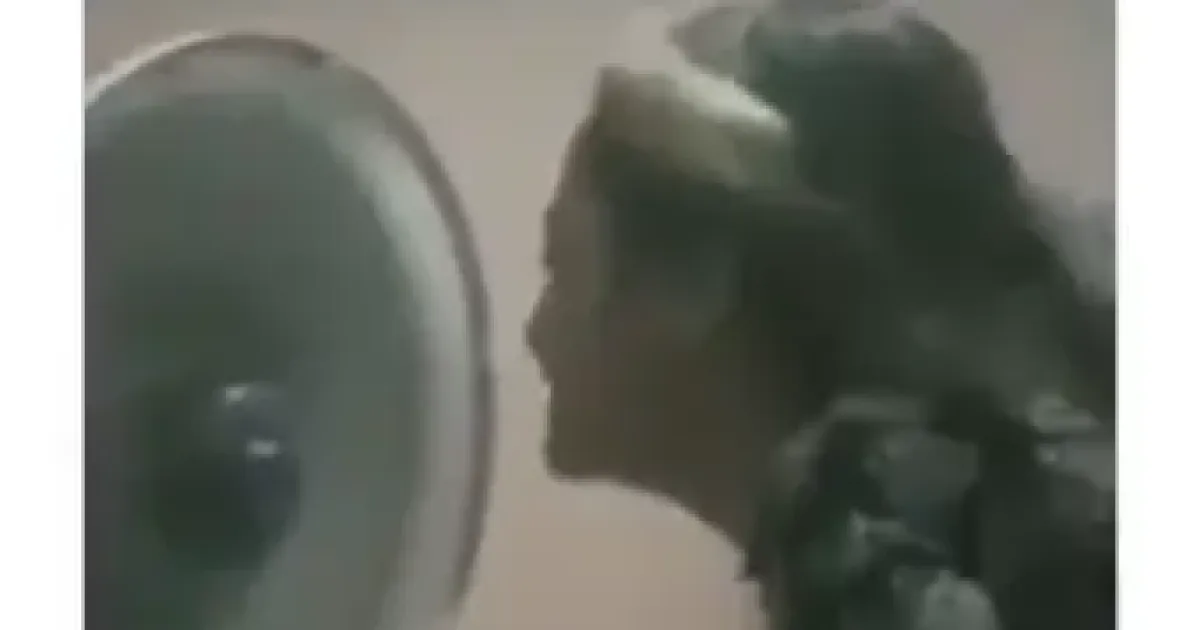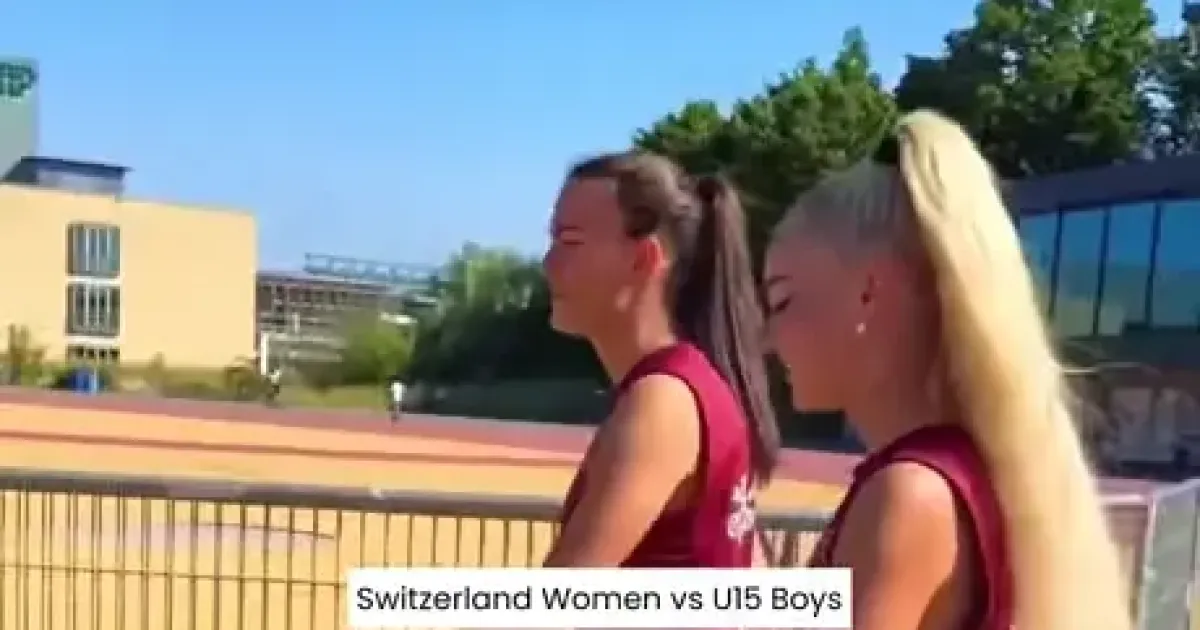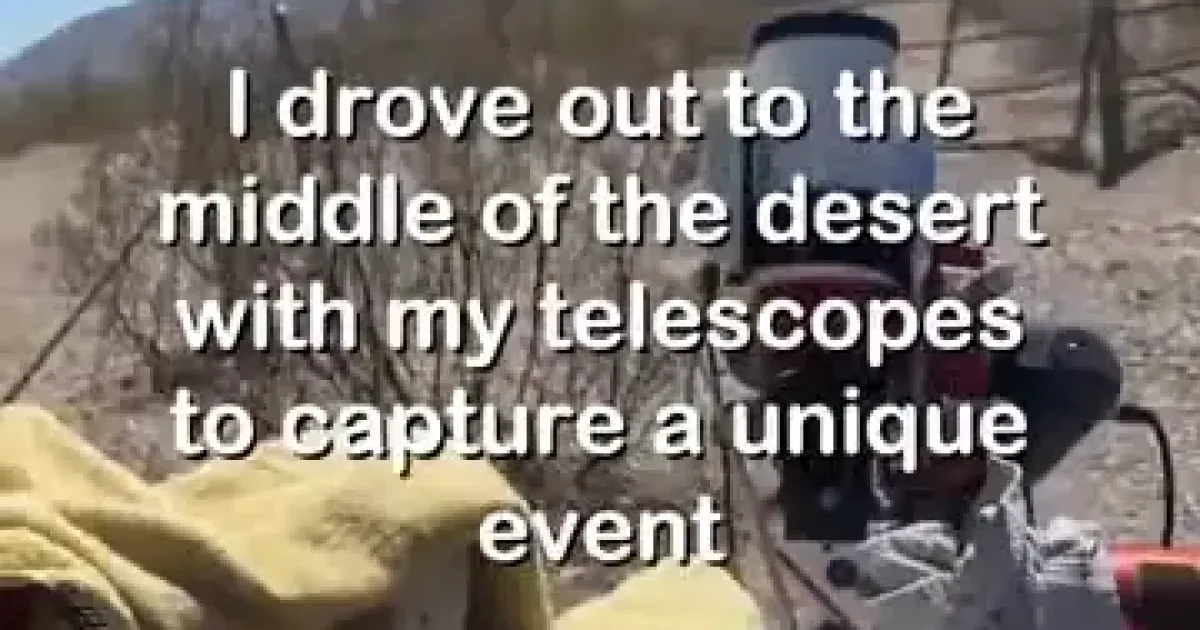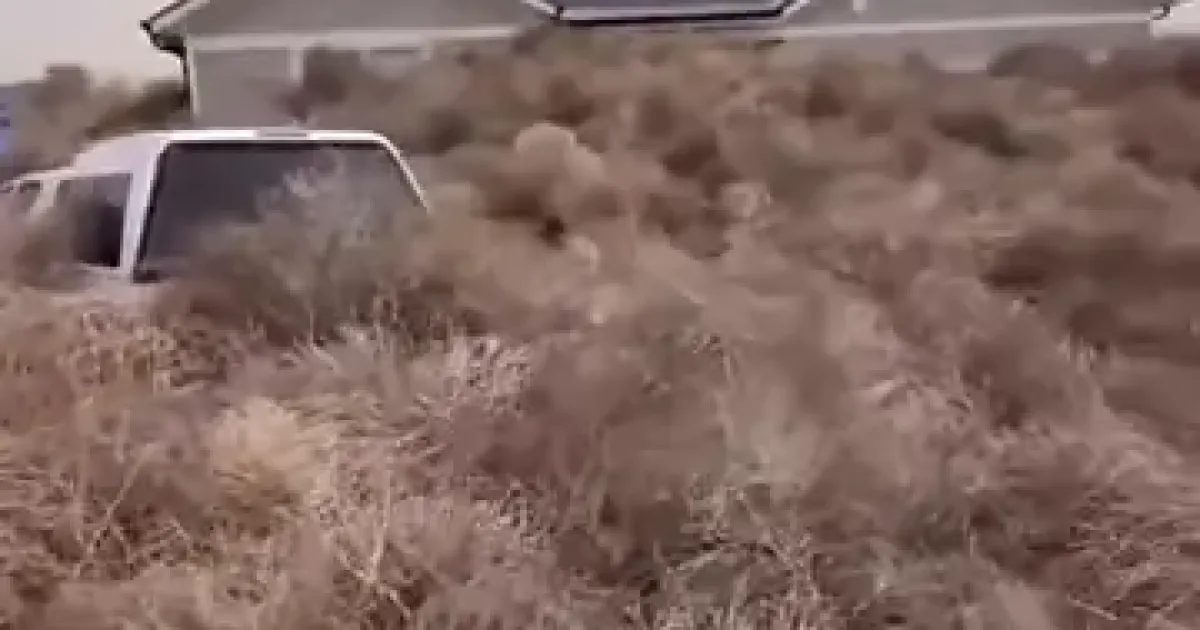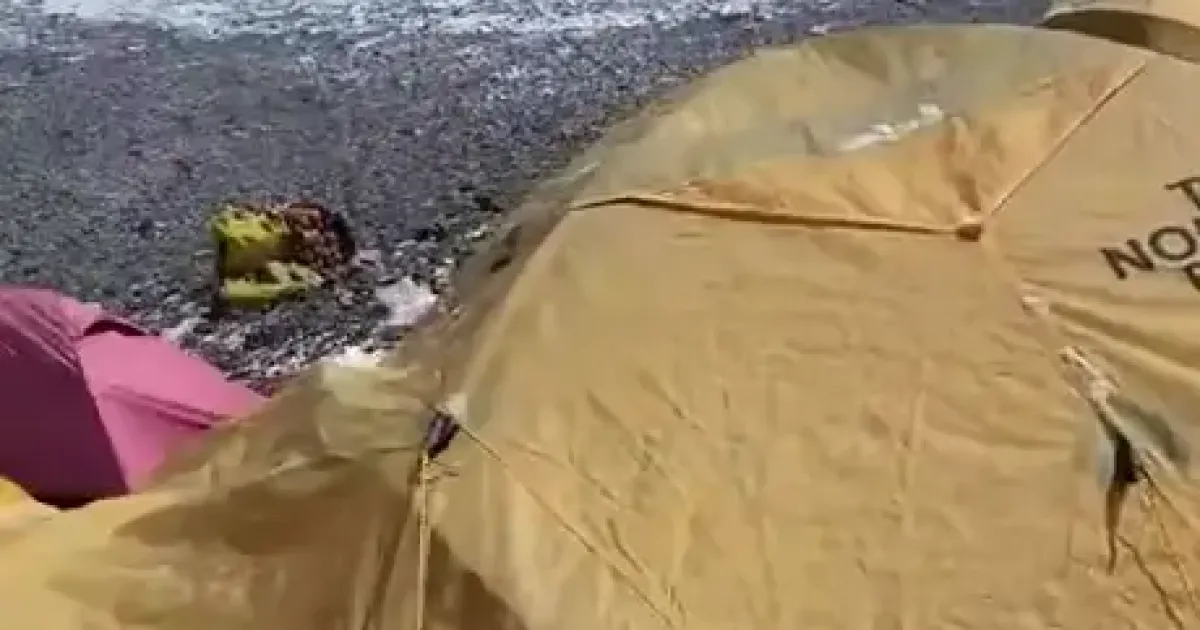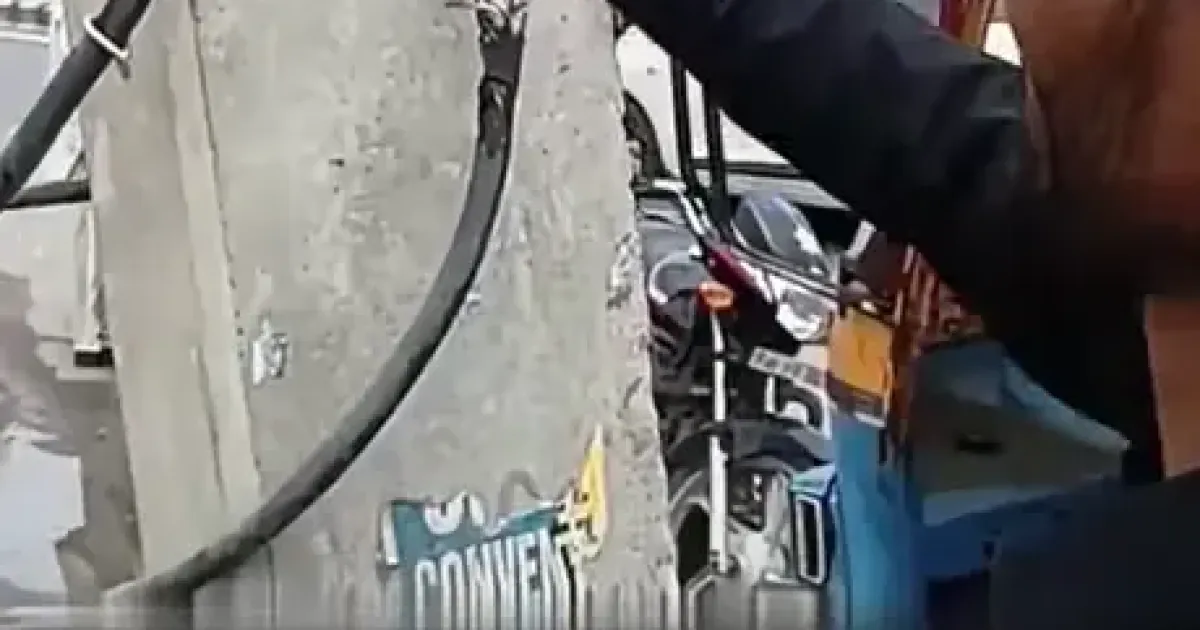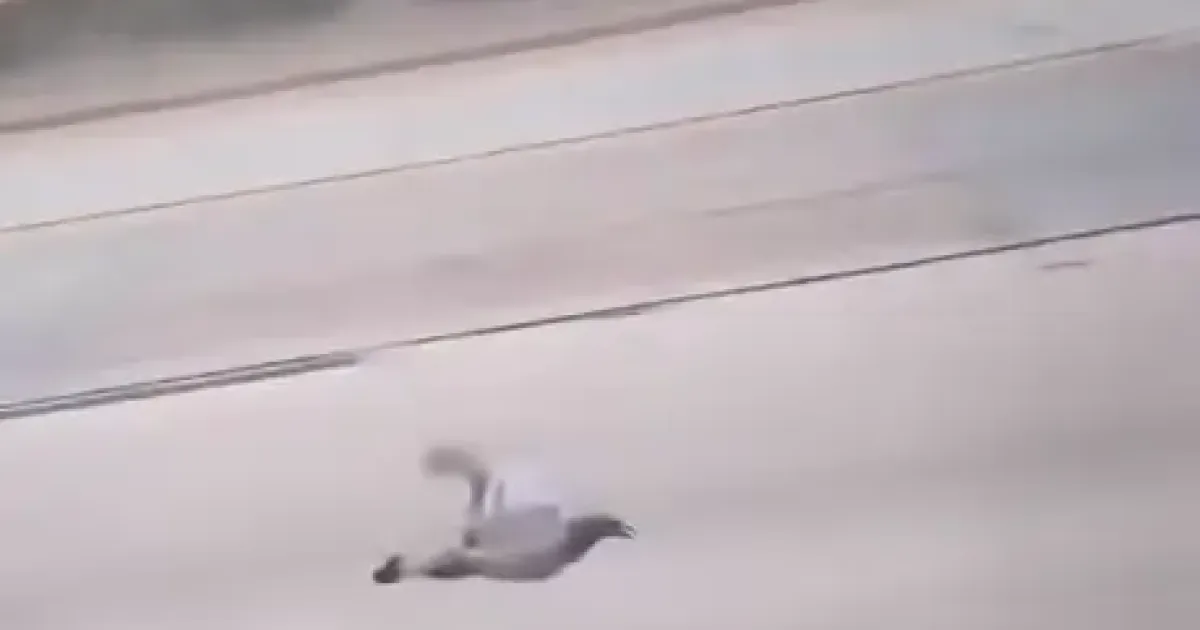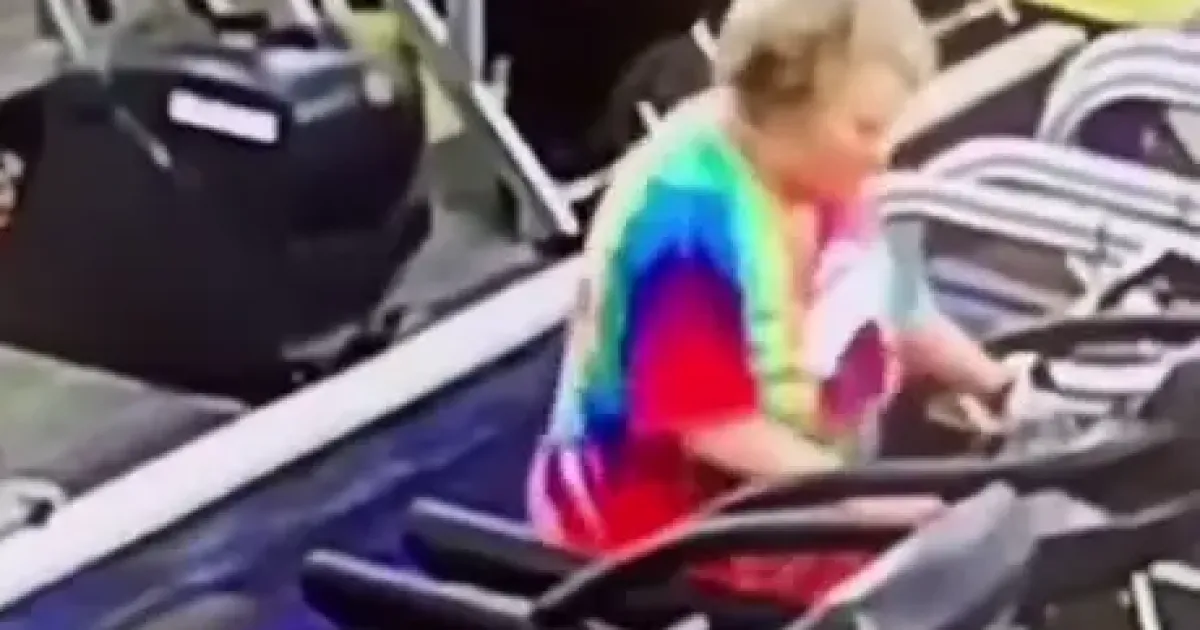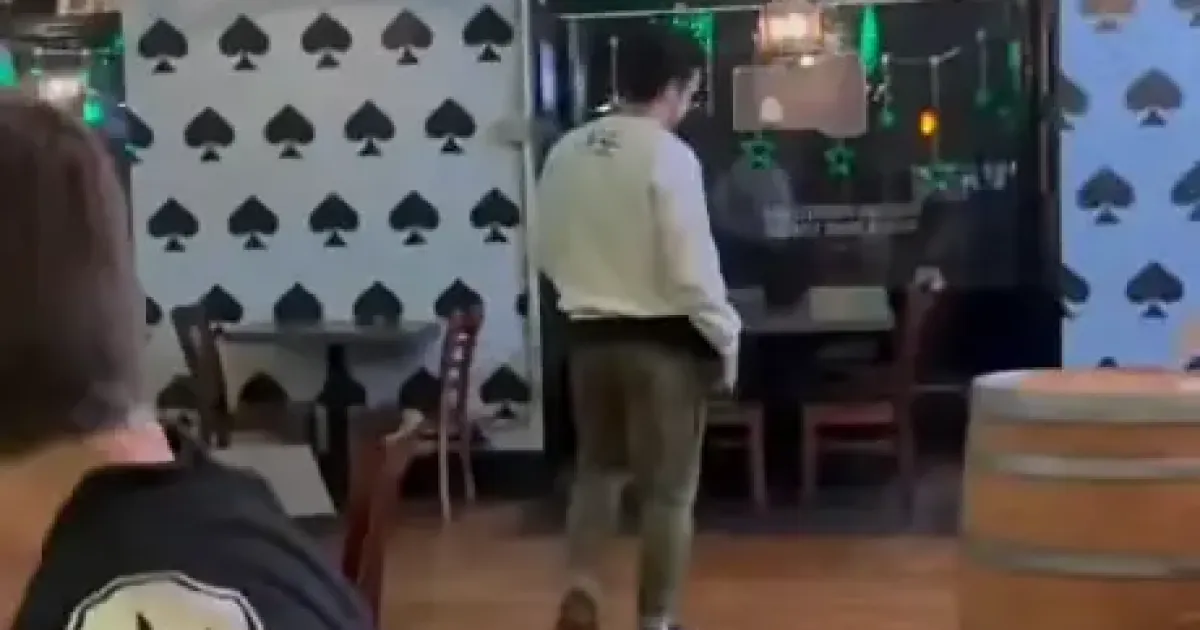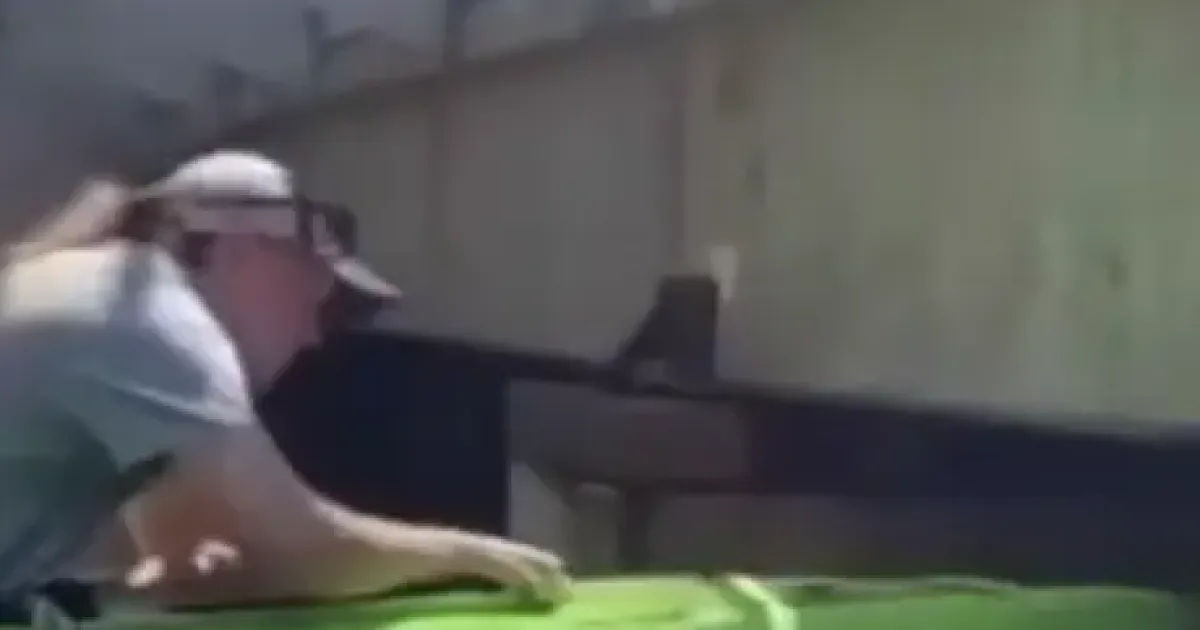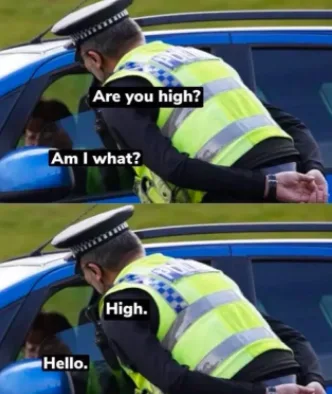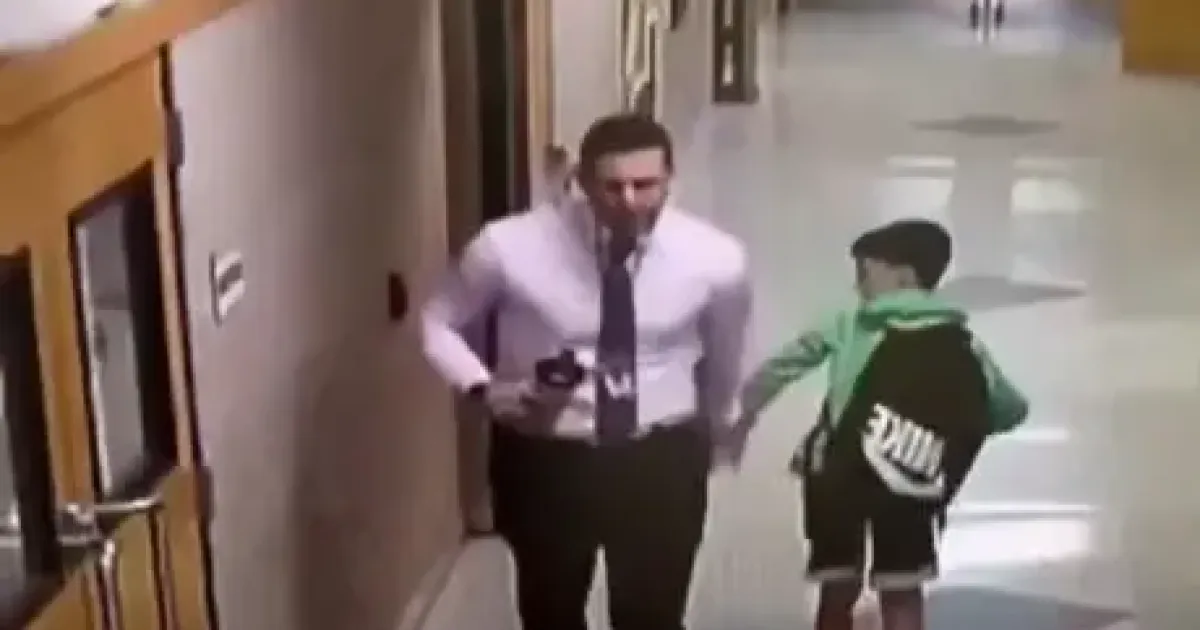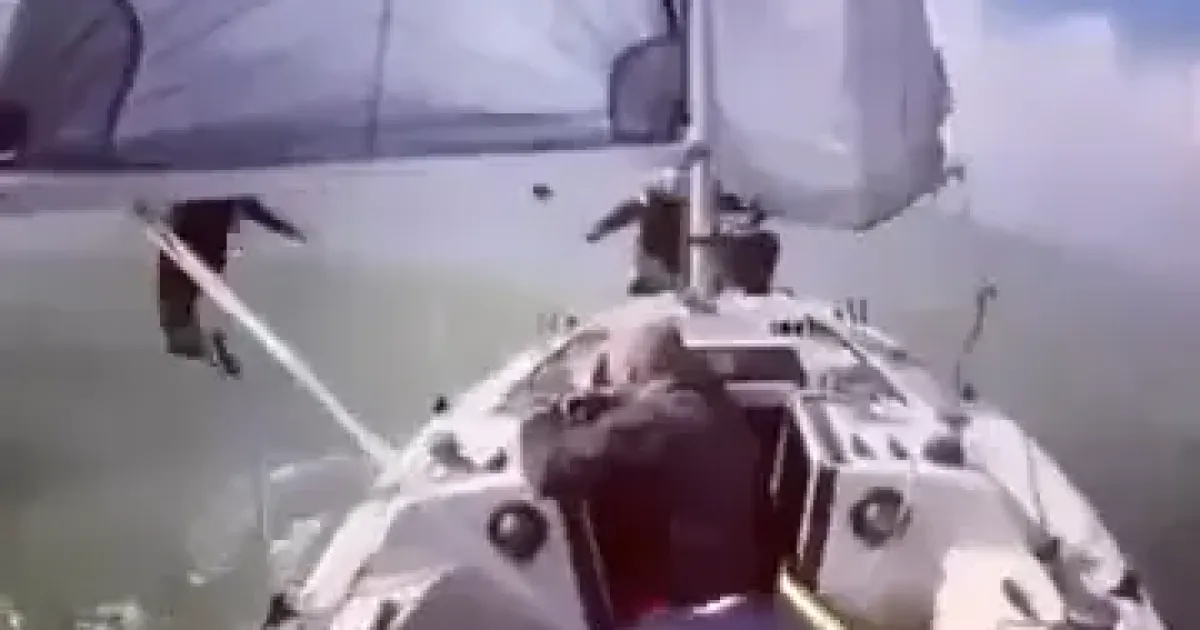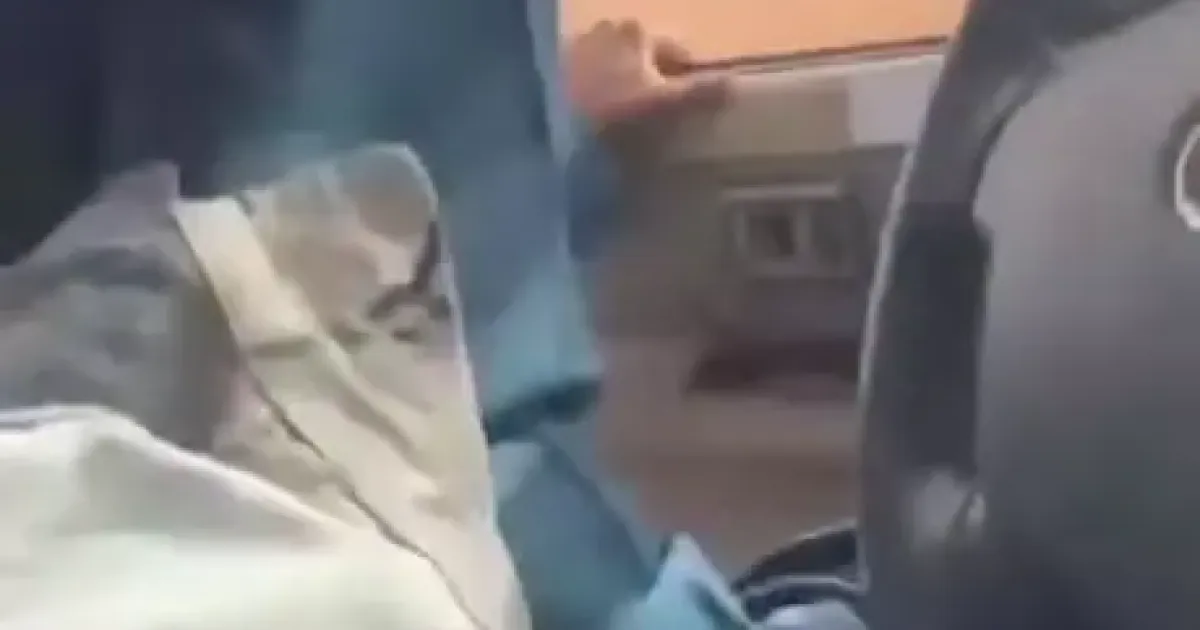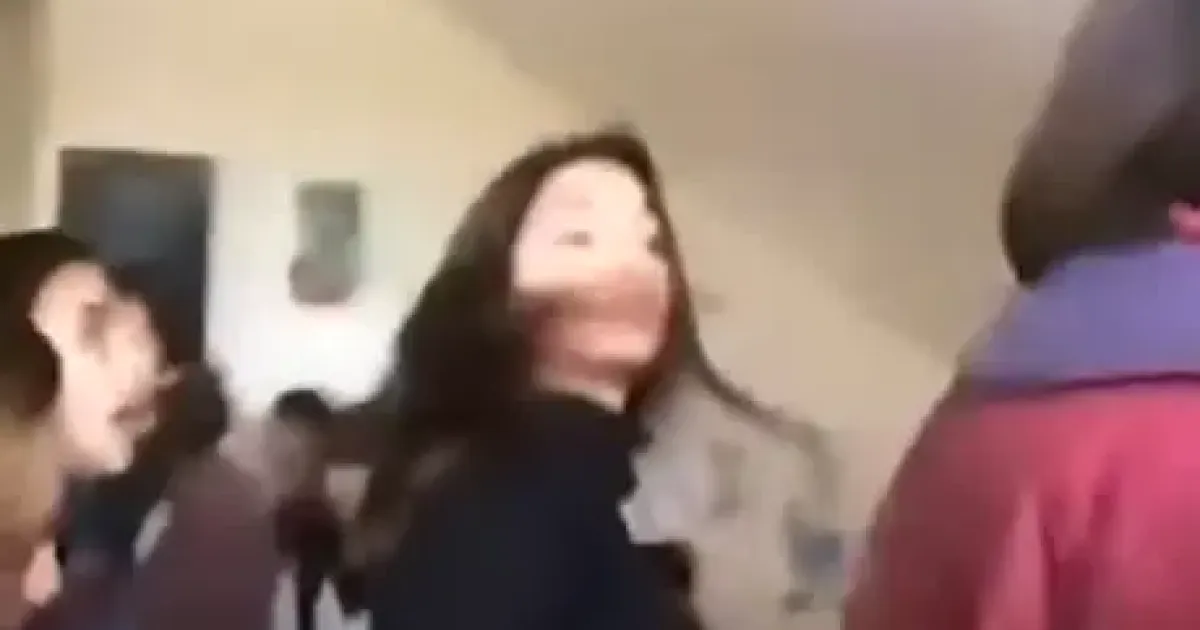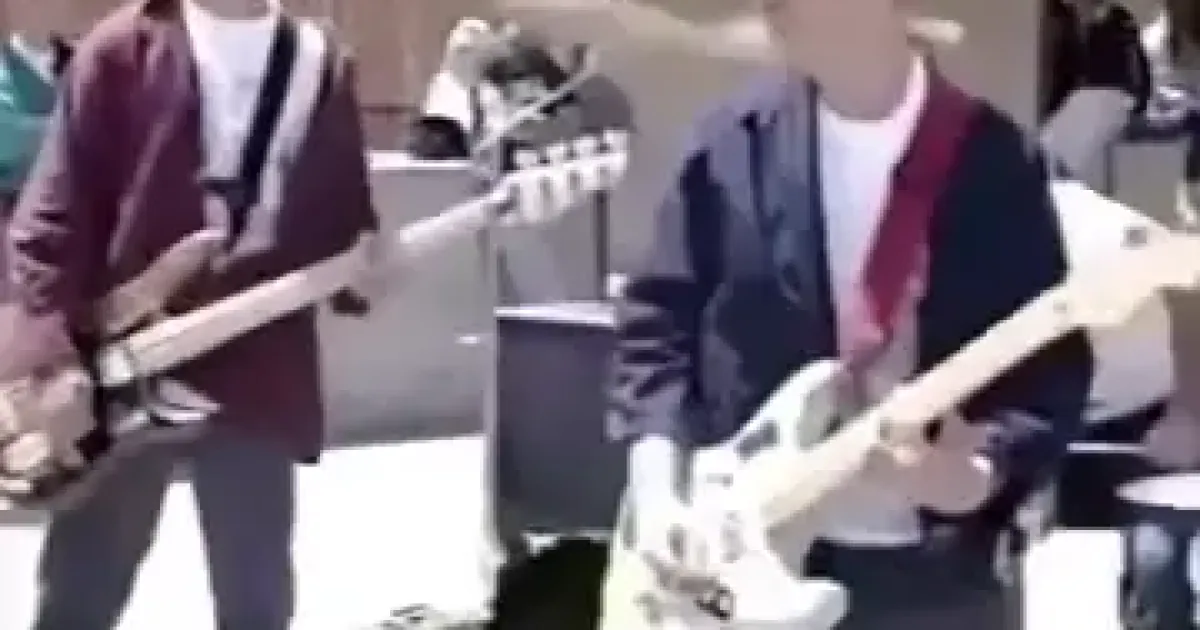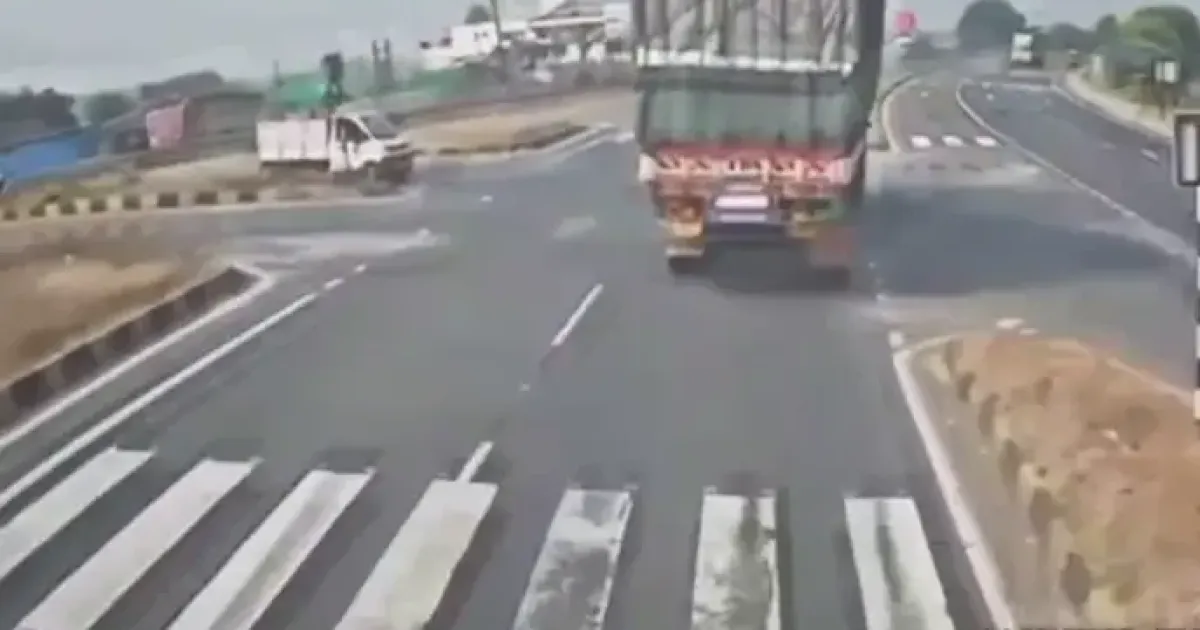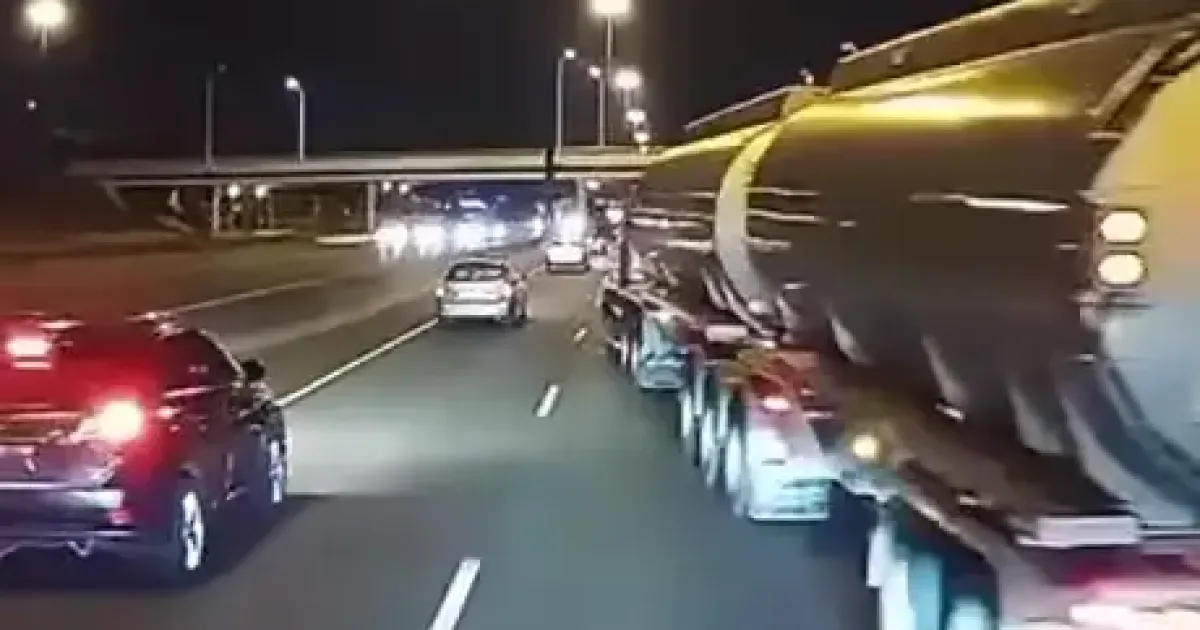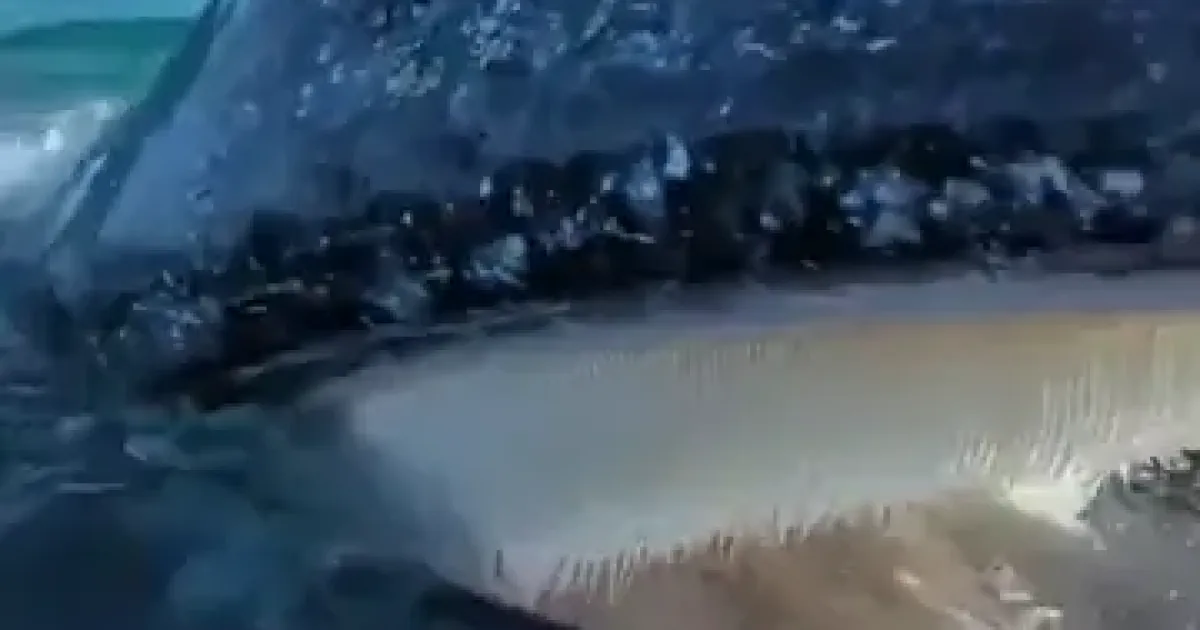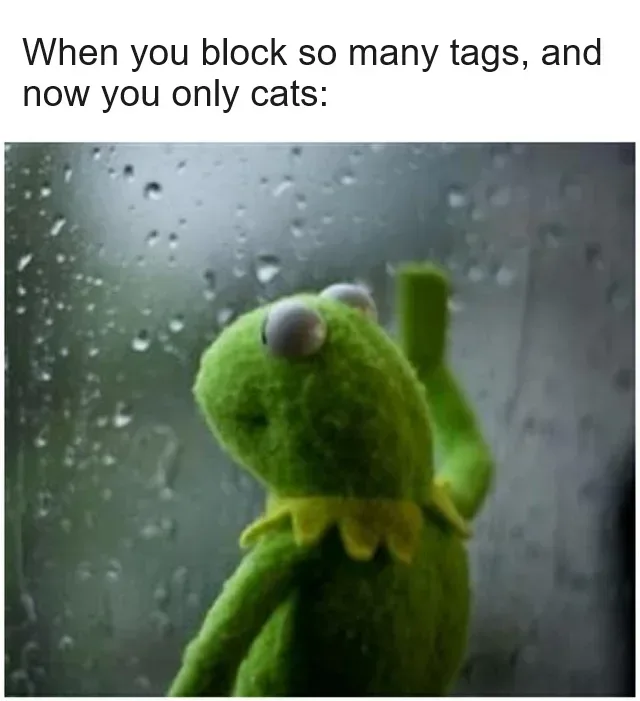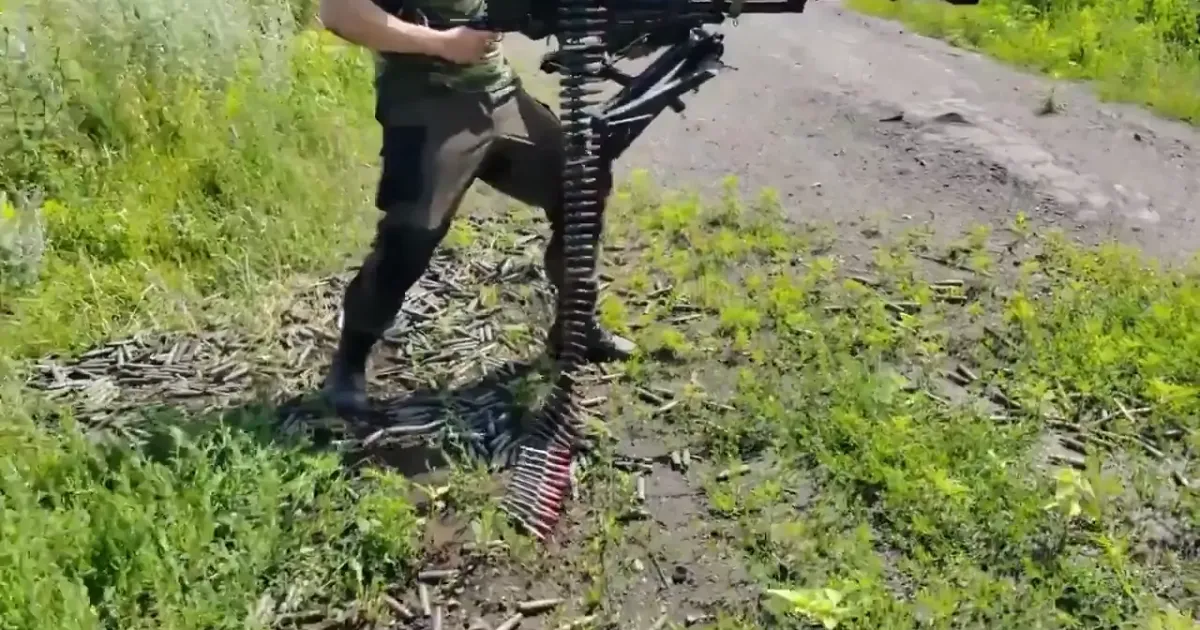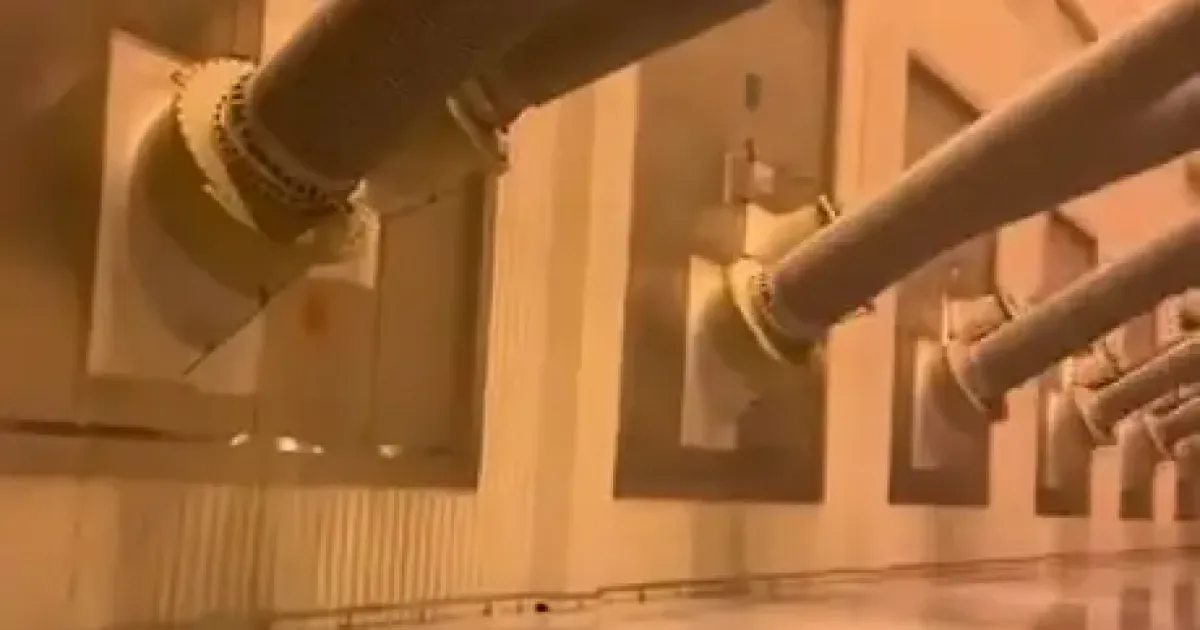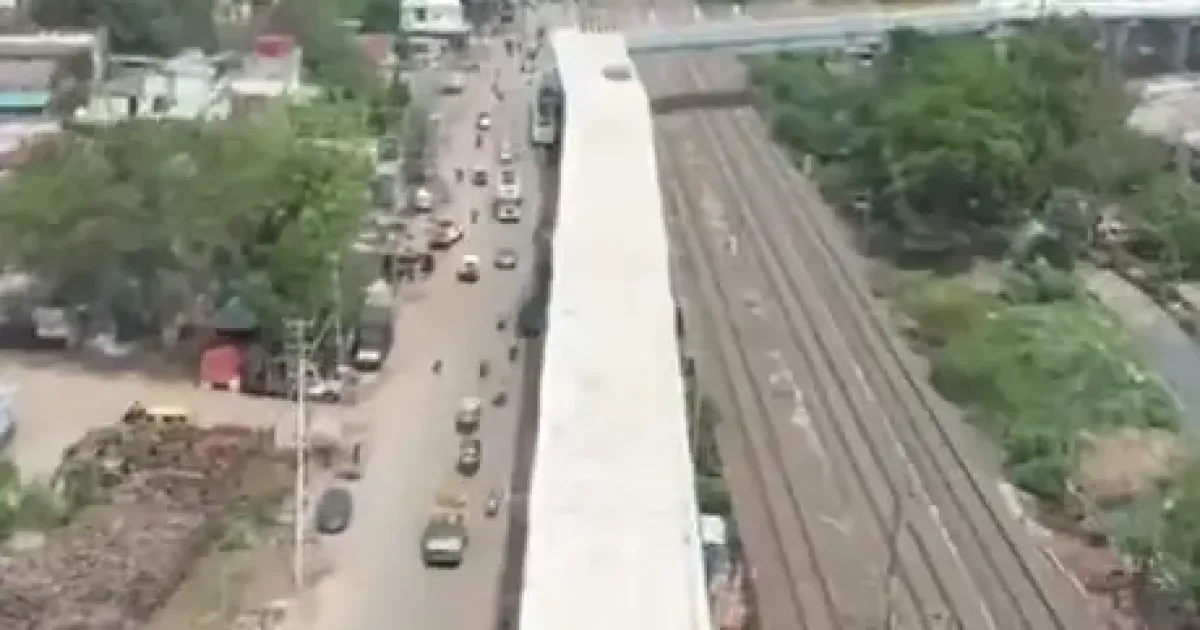
Seven engineers in India have lost their jobs for building a highway bridge with a 90-degree turn.
And the construction company has been blacklisted. Authorities spent $2.3 million on the bridge. Now everything needs to be rebuilt.
#engineering #wtf
Read More...
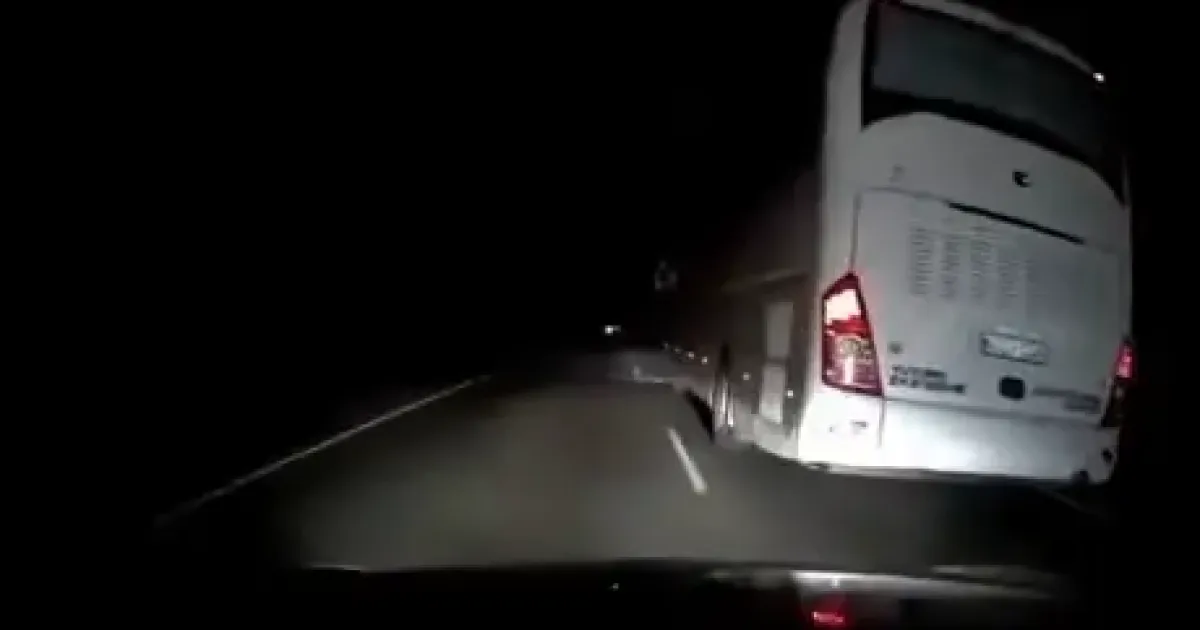
We trusted our lives with this bus signal. He is the man!!!
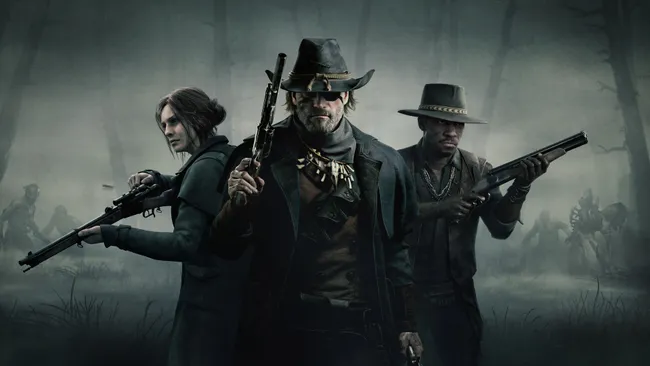
Hunt: Showdown enjoys highest-ever player count after 1896 update
Hunt: Showdown enjoys highest-ever player count after 1896 update, but player complaints about UI are pushing down its Steam review score: 'I've never seen such a bizarre reaction to so much amazing content'
Grungy horror extraction shooter Hunt: Showdown just received its biggest update in years, with developer Crytek upgrading its engine, overhauling its UI, adding a fourth map called Mammon's Gulch, and introducing other meaningful tweaks. It's such an extensive rework that the game has even been given a new name—Hunt: Showdown 1896.
The first day of availability saw Hunt reach a new high for concurrent players: 59,968, which is 18,000 more than its previous high in October 2023. Likewise, at the time we're publishing this, more than 51,000 are in-game, chasing and/or being immolated by the new Hellborn boss.
By that metric, the shooter is more popular than it's ever been. But simultaneously, the update has drawn aggravated complaints from a number of negative reviews on Steam, 3,730 of them so far, which have pushed Hunt's short-term label to Mostly Negative, while its longer-term state remains Mostly Positive.
How can Hunt both be more popular than ever and be condemned by a higher-than-ever number of players on Steam? The primary bone of contention is its new pre-match UI, shown in the video embedded lower on the page, with many reviewers complaining that Crytek's changes have made it worse rather than better.
The most common complaint about the UI is that it takes considerably more clicks to do most things in the menu than it did before. "Looks fancy but is a nightmare to navigate" says user Shinigaben. "You need 3 or so clicks per action more than the old UI and it also just gives way less information on one screen without switching between various submenus."
If you've lived through a UI update to a major social media platform like Facebook or Discord, you know that the shift to a new way of presenting information often sparks disproportionate fury. Some Hunt players are under the impression that this more complicated interface has been designed for console first, with players also lamenting the much larger icons and apparent lack of basic keyboard inputs. It's worth noting that Hunt was originally released on PC in 2018 (Early Access), with Xbox One and PS4 releases coming more than a year later, in 2019 and 2020. This new version, however, launches concurrently on PC, PS5 and Xbox Series X/S, so it is possible that the UI has been retooled with some compromises between those platforms.
Others accuse Crytek of redesigning the UI to push microtransactions to the forefront, with some comparing the new approach to the monetisation practices seen in games like Fortnite and Call of Duty: Warzone. "The first thing you see after loading ingame is them selling you skins!!!" writes user Asthmaschildkröte, with others saying that the UI pushes players to look at the Battle Pass. Personally, this doesn't resonate with us as longtime players of the game—Hunt's monetization is some of the least-burdensome and least prominent compared to its fellow service games.
It's worth noting that it isn't just the UI that's the object of players' ire. Some players claim that the update has introduced more performance problems than it solves. "With the update my performance has dropped to a level where I cannot play without stutters" says the evocatively named user Sloppy Steaks. Among these are a few complaints about bugs, and a handful of people claiming that the visuals have changed for the worse. These issues are far more sporadically raised than the problems with the UI, however, which seems to be mentioned in nearly every recent negative review left on Hunt's Steam page.
Anecdotally, playing the update last night, there were a couple of areas of the map where we noticed frame rates dropped (at one point our trio all noticed a drop of 10-20 fps, seemingly due to a visual effect that had triggered), but other than that our fps hasn't been significantly different than on last week's build.
It definitely seems like the UI has some problems that deserve some further consideration. But is the strength of the reaction justified? There are numerous reviews that praise the update generally, but ultimately deliver a thumbs down because of the UI. "New engine update has made the game itself much smoother for me. New map is really nice too. I like the increased verticality," says user Sir Fluffy McDuck. "HOWEVER, this new menu UI is such a pain." Furtive Pygmy, meanwhile, compliments Crytek on doing "a wonderful job with the update" but says the UI is "so bad that I simply do not wish to play anymore."
Can a menu UI (none of the complaints, to be clear, are focused on the in-match UI), be so bad that it truly ruins the experience of playing? Or is this another example of the PC gaming community disproportionately hyper-fixating on a facet of a game that they know will resonate in comment threads?
There are certainly some players who feel the latter is the case. "I've never seen such a bizarre reaction to so much amazing content," says Reddit user Redwood-Lynx, a "casual dad" player who praises the "incredible map" Crytek has added. "There has to be some kind of PC cultural quirk I'm just unaware of—being this aggrieved about MENUS is so beyond this old timers understanding. Did any of you actually play the game part? Does no one want to discuss the new weapons, the new boss, the new map, the new traits, the new balance changes, ANY OF IT? No, you just want to review bomb the greatest shooter of the last decade into oblivion because daddy gave your little console brother more attention."
As hinted at in the previous paragraph, this would not be the first time a game has struggled with misdirected anger from its community. Helldivers 2, perhaps the most mechanically ingenious shooter of the year, has been dominated by discourse over the balance of its weapons. Now, weapon balance can be crucial to the fundamental quality of a game. But Helldivers 2 is not an incredibly twitchy multiplayer shooter like Counter-Strike of Valorant, it's a cooperative PvE experience, a goofy Starship Troopers simulator with an emphasis on physics-based slapstick comedy. Balance is not really the point of Helldivers 2.
rom our hours playing Hunt's new update last night, the new UI, yes, does produce an amount of discomfort. Some years-worn habits now require more input—when you want to add several consumables to a character, you are pushed back and forth between the gear menu and the hunter details screen as you add each piece of equipment individually, which feels inefficient. A couple of actions are slightly smoother, like picking different life bar segments for your hunter. We can't dismiss that some players find the changes jarring, nonetheless, there is far more to the 1896 update than just the UI, and the manner in which those criticisms are being made does not paint a complete picture of the update's effect on the game.
Read More...
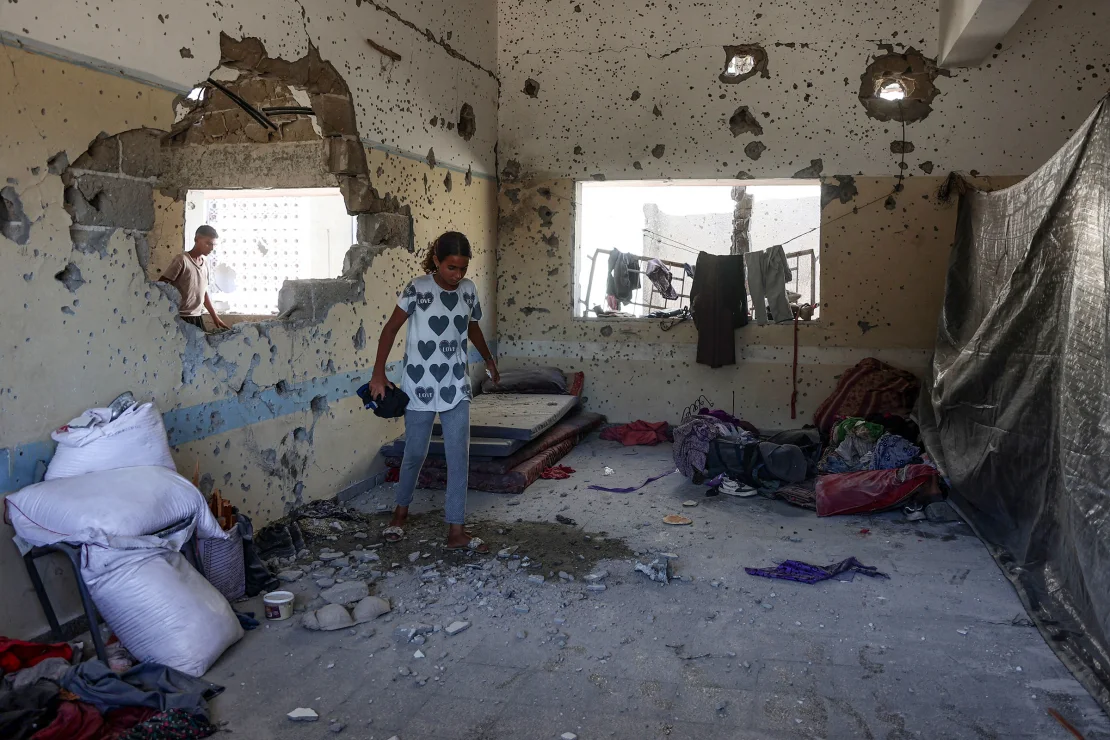
High-stakes Gaza ceasefire talks have ended. Here’s what to know
The death toll in Gaza since Israel started its war against Hamas passed 40,000 this week, just as mediators arrived in Doha to discuss a ceasefire. Abed Rahim Khatib/dpa/picture alliance/AP/File
Editor’s Note: A version of this story appears in CNN’s Meanwhile in the Middle East newsletter, a three-times-a-week look inside the region’s biggest stories. Sign up here.
CNN
—
Mediators in talks for a ceasefire agreement between Hamas and Israel made a last-ditch effort this week to revive stalled negotiations, with high-stakes discussions wrapping up Friday against a backdrop of tension and desperation in the region.
The meeting in Doha started on Thursday and has now ended, a diplomat familiar with the discussions told CNN. A breakthrough wasn’t expected but efforts will continue. Technical teams will meet again in the coming days, starting Saturday, until the main figures meet again in Cairo next week, the diplomat said.
It took place as the Middle East braces for a possible Iranian attack on Israel, and after the death toll since October in Gaza reached 40,000 people, a bleak figure that underscores 10 months of suffering, malnutrition and despair in the enclave.
The fear of an Iranian attack poses a serious threat to any hopes of a ceasefire that have already appeared tenuous in recent weeks, after Israeli strikes took out Hamas’ former political leader and senior figures in Lebanese militant group Hezbollah.
But the talks went ahead, despite some initial fears they would be scrapped. Participants on Thursday included CIA director Bill Burns, Mossad chief David Barnea, Qatari Prime Minister Sheikh Mohammed bin Jassim Al Thani and Egyptian intelligence head Abbas Kamel, a diplomatic source close to negotiations told CNN.
In the meeting, Qatar, Egypt and the United States were expected to present a plan to implement a deal that could bring about a ceasefire in the war in Gaza and free the remaining Israeli hostages held by Hamas. The deal was proposed by US President Joe Biden in May – but unresolved differences have left the path forward unclear.
Here’s what we know about the status of the talks.
People protest in Tel Aviv ahead of the latest round of talks, calling for a deal that would secure the release of Israeli hostages held by Hamas in Gaza.
People protest in Tel Aviv ahead of the latest round of talks, calling for a deal that would secure the release of Israeli hostages held by Hamas in Gaza. Florion Goga/Reuters
What happened in the talks?
Mediators presented a bridging proposal to Israel and Hamas to close the remaining gaps of disagreement between both sides, a joint statement between the US, Qatar and Egypt said on Friday after talks wrapped up for the week.
The statement, published by the Egyptian presidency and Qatari foreign ministry, said the proposal presented to both sides “builds on the areas of agreement over the past week,” and “bridges remaining gaps in a manner that allows for a swift implementation of the deal.”
The talks were “serious and constructive,” the statement said.
video
Related video
Hear from woman who’s husband is still held by Hamas
But the statement did not elaborate on what points of agreement were achieved over the past week.
Hamas had said it would not participate in talks but engaged separately with Qatari and Egyptian mediators, a source told CNN, adding that the mediators are still working to bridge the gap on the remaining key differences.
“Our position was clear… we will not go for new negotiation rounds. We will only go to implement what has been agreed on,” Basem Naim, a member of the Hamas political bureau, told CNN on Tuesday.
On Thursday, the militant group reiterated that there will be no hostage deal or ceasefire agreement without a complete withdrawal of Israeli troops from Gaza.
What is Biden’s proposal?
In May, Biden laid out a three-phase proposal the administration said was submitted by Israel that would pair a release of hostages from Gaza with a “full and complete ceasefire” and a release of Palestinian prisoners held in Israel.
The first phase would last six weeks and include the “withdrawal of Israeli forces from all populated areas of Gaza” and the “release of a number of hostages, including women, the elderly, the wounded in exchange for the release of hundreds of Palestinian prisoners” and the implementation of a temporary truce.
Related article
More than 40,000 Palestinians have been killed in 10 months of war in Gaza, health ministry says
Phase 2 would allow for the “exchange for the release of all remaining living hostages, including male soldiers” and a permanent end to the fighting.
In Phase 3, a “major reconstruction plan for Gaza would commence and any final remains of hostages who’ve been killed will be returned to their families,” the US president said.
Israel launched its war against Hamas after the group’s cross-border October 7 attacks, in which more than 1,200 Israelis were killed and 250 taken hostage, according to Israeli authorities. More than 100 of those hostages remain in Gaza, their families back home pleading for a breakthrough to secure their safe return. It is unclear how many of the original hostages set for release are still alive.
Hamas and Israel have been engaged in tedious negotiations for months. Officials from Qatar and Egypt act as intermediaries, delivering messages to Israeli and Hamas representatives in shuttle-style diplomacy since representatives from the warring parties are not present at the same location. Technical teams have flown in and out of Doha and Cairo to iron out details for a potential agreement.
What are the key remaining sticking points?
Despite an initial positive reaction from Hamas and Israel, both sides failed to agree on the implementation of the finer details of the proposal including the sequencing of the hostage-prisoner exchange, the number of Palestinian prisoners to be released and how far back Israeli forces should withdraw in Gaza.
Israeli Prime Minister Benjamin Netanyahu has been accused of undermining the deal as far-right members of his ruling coalition threaten to collapse the government despite pressure from the US and families of hostages.
Throughout the war, the prime minister has been caught between two potent political forces: the far-right members of his governing coalition who have been opposed to any suggestion that Israeli troops should leave Gaza, and the relatives of hostages held by Hamas, who have formed a powerful pressure group and have implored Netanyahu to reach a deal.
Last month, the prime minister reversed on a key Israeli concession in ceasefire negotiations, demanding that armed men be barred from returning to northern Gaza during an eventual ceasefire, an Israeli source familiar with the talks told CNN. Israel had previously agreed to allow Palestinians unrestricted access to northern Gaza.
Netanyahu’s office on Tuesday rejected claims that the prime minister had changed positions, saying his most recent stance “does not introduce extra conditions and certainly does not contradict or undermine” the May proposal. Netanyahu’s office instead accused Hamas of adding unrealistic demands to its position.
A regional diplomat familiar with the negotiations told CNN that the remaining sticking points for Hamas are Israel’s restrictions on the movement of people from southern Gaza to the north, its demand for a veto over which Palestinian prisoners would be released, as well as its continued presence at the Philadelphi corridor and the Rafah border crossing with Egypt.
The diplomat spoke on condition of anonymity due to the sensitivity of the matter.
What is Hamas’ position?
US officials had said that talks had reached an advanced stage until Hamas’ political leader, Ismail Haniyeh, was killed in Tehran in late July in an assassination Iran blamed on Israel. Israel hasn’t confirmed or denied responsibility, but Iran has vowed vengeance.
There were concerns that the assassination would throw a wrench in the negotiations between Israel and Hamas. The militant group replaced Haniyeh with Yahya Sinwar, the hardline Hamas leader in Gaza who is one of Israel’s most wanted men. While Haniyeh, a relative moderate, lived in Qatar and was susceptible to pressure from his host country, Sinwar is believed to be deep underground in a tunnel in Gaza and is hard to reach.
Hamas on Thursday denied it was having difficulty communicating with its leader Sinwar, after one of its top officials Osama Hamdan reportedly acknowledged in an interview with the Associated Press on Tuesday that there are “some difficulties” and delays in communicating with him.
Hamas hasn’t ruled out an agreement with Israel, but said that it won’t engage in further negotiations. It instead asked mediators for a plan to implement a ceasefire proposal put forward by Biden.
A Hamas source told CNN on Wednesday that the group has adopted a position of “intentional ambiguity” over whether it will attend ceasefire talks, adding that its position on a potential ceasefire is firm whether not it attends the talks.
Asked why Hamas has been unclear about whether it will attend the ceasefire talks, the source said: “This ambiguity is the movement’s position, which was announced in its latest statement, is intentional and did not come by chance. It comes as a result of Netanyahu’s behavior.”
Why is this round of talks so important?
This latest round of ceasefire talks were the result of a major diplomatic effort by mediators Qatar, Egypt and the US to push for a last-ditch effort to end the war and free the hostages as Iran prepares to attack Israel.
The urgency of the talks was highlighted by the three mediators, who issued a rare joint statement last week calling on the warring parties to return to negotiations and offered what they called a “final bridge proposal” to overcome the remaining sticking points. The details of that proposal have not been made public.
In parallel, US and Middle East diplomats have been mobilizing to dissuade Iran from launching an attack on Israel that could lead to a wider regional war. Both Iran and the US have said that that lines of communication between them are open through intermediaries.
There have been some indications that Iran may abandon plans to attack Israel if a ceasefire deal is reached. But the country’s mission to the United Nations said on Saturday that Tehran’s retaliation is “totally unrelated to the Gaza ceasefire.”
As of Tuesday afternoon, US officials didn’t believe that Iran has decided on a course of retaliatory action against Israel, according to two US administration officials. Furious diplomatic backchannel efforts are ongoing to try to deter a wide-scale attack and de-escalate the volatile situation, one of those officials said.
The second official added that the Biden administration does believe that the US’s public warnings in recent days have affected Iran’s calculus.
The conversation between Al Thani and Kani was “positive,” a diplomat familiar with the call said.
Biden acknowledged the challenges facing a ceasefire deal Tuesday, telling reporters traveling with him to New Orleans he’s “concerned” about negotiations between the two parties amid the looming threat of an attack on Israel from Iran.
The president rebuffed questions on what he’s doing to pressure Israel and Hamas to come to the bargaining table for proposed ceasefire deal talks Thursday, telling reporters, “If I told you what pressure that I’m putting on it, it wouldn’t be very much pressure would it?”
The regional diplomat who spoke to CNN said there is concern that Iran may not hold back on striking Israel, as the diplomat believes the Biden administration is not applying enough pressure on Netanyahu to reach an agreement.
The lack of clarity on whether the Israeli prime minister will adhere to Biden’s May proposal, the source added, suggests time is running out to strike a deal before an Iranian attack. Qatar and Egypt, the source said, may not have enough influence to push Hamas to compromise.
Read More...
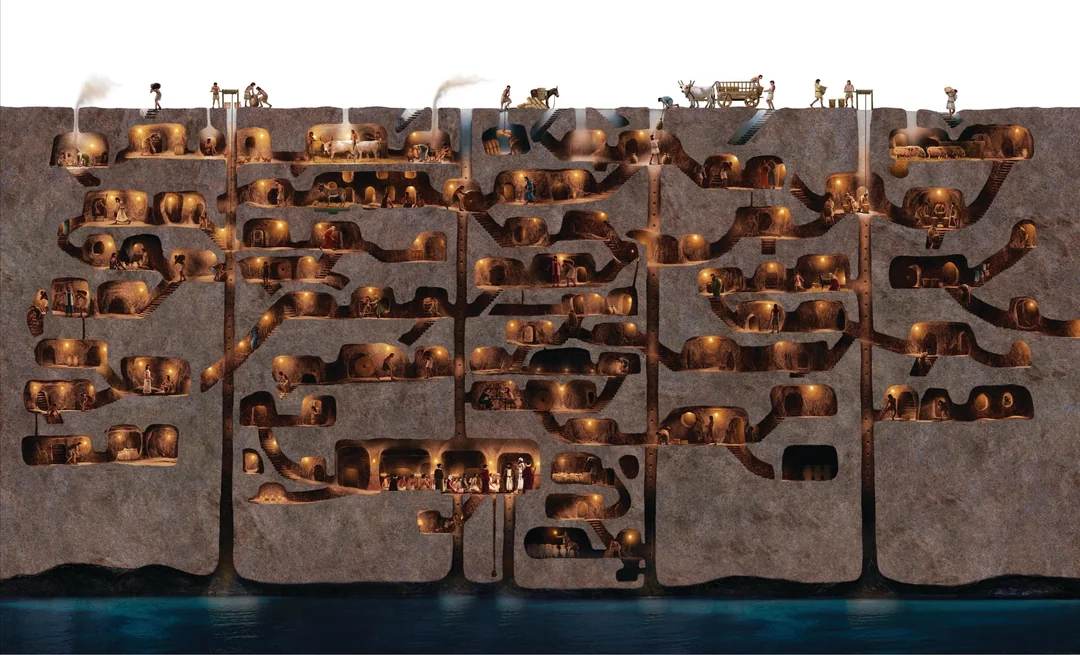
This is a high-quality map of Derinkuyu
an ancient underground city discovered in Turkey. Extending 60 meters (200 feet) below the surface, it could shelter up to 20,000 people. The city was uncovered in 1963, when a local resident found a mysterious room hidden behind a wall in his home.
#Turkey #Interesting
Read More...
